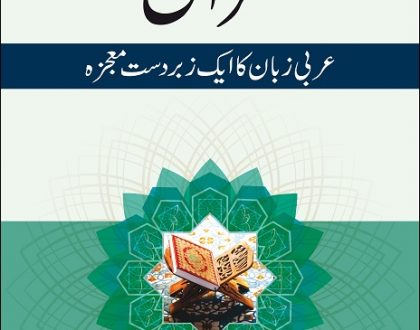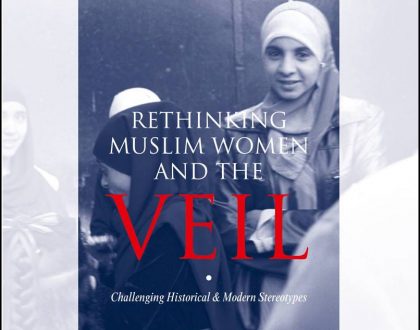Methodological Considerations

By: Dr. Ilham Nasser, Senior Researcher/ Director-Pedagogy
August 2019
Have you ever debated the difference between a picture and a video recording? Have you considered which way to go to represent your ideas in the best way possible? People, in general, use both to document special moments and events that are of value and resonance to their lives.
Research methodologists, in the social sciences, have the same debates when determining which way to go to document moments in space and time and learn about people and populations. In quantitative research methods we take a picture of people’s ideas, values, attitudes, and beliefs. In other methods such as in qualitative research we document the same but more in depth and in detail through observing behaviors and analyzing speeches and expressions. It is like watching a video repeatedly to learn more about the nuances of who we are. The draw back is that it can only be done with a small group of people while in a still picture you can take as many as you can. It is also important to note that quantitative methods allow us to numerically predict relationships (correlations) between various constructs and variables.
According to Fairbrother (2014)[1] “quantity refers to amounts, while quality refers to the essence of things” (p. 72). Some of the quantitative methods rely on descriptive studies, correlational research, causal comparative research, and experimental studies. Qualitative research methods, on the other hand, include ethnography, historical research, and case studies including action research. The differences between these methods are in the purpose, data sources, methods of data collection, data analysis, and reporting. One of the most commonly used quantitative methods is correlational studies where the purpose is to represent relationships between constructs and predict consequences of these correlations using data and specific statistical analysis while the purpose of a qualitative ethnographic (within a local context) study is to describe and interpret a phenomenon observed in its natural setting.
AEMS research agenda utilizes these two methods and more to provide an accurate and authentic picture of the state of pedagogy, policy, curriculum, and leadership in Muslim societies. “Mapping the Terrain” annual empirical study is one of the major research projects of AEMS where we document the state of values and skills in education that are of importance to the growth and development of Muslim youth, educational leaders, and other stake holders. The values selected as a starting point are inspired by years of work of IIIT’s scholars of Islam and Islamic thought especially through its Universal Islamic values project. This is an example in which empirical research becomes an arm to explain and spread the word about the valuable work done by IIIT and its various intellectual hubs.
“Mapping the Terrain” is an annual exercise because it documents growth and development and aims to provide a picture that is crystal clear about the changes in attitudes and values over time using a human development model to explain that growth (see entry on the Human Development model of AEMS). The data gathered should be seen and analyzed over time in a way that is meaningful and beneficial to Muslim societies, especially future generations. The benefits of taking this annual picture is in the interpretation and implications of the quantitative research to policy makers, curriculum developers, pedagogy experts and other stakeholders. It is unique because it will provide a panorama of the state of education in a way that will invite and solicit more and smaller qualitative studies (video recordings) and raise meaningful research questions to explore further.
Readers may be wondering: what will we do with the data we collect in mapping the terrain that involves 14-16 Muslim countries annually? This data will go to good use. We will share our results in an annual report on the state of education matters in Muslim societies. Further, we will make the data publicly available by the end of every calendar year for scholars and academicians and other stake holders and curious researchers to review and use in their writing. The data sets will be hosted on public university data storage platform(s) that we will share before the end of this calendar year.
If interested in enhancing your quantitative advanced research methods, sign up to take the Certificate in quantitative research methods by clicking on the link: https://iiit.org/en/certificate-in-quantitative-research-methods/.
References
[1] Fairbrother G.P. (2014) Quantitative and Qualitative Approaches to Comparative Education. In: Bray M., Bray M., Adamson B., Mason M. (eds) Comparative Education Research. CERC Studies in Comparative Education, vol 19. Springer, Cham



